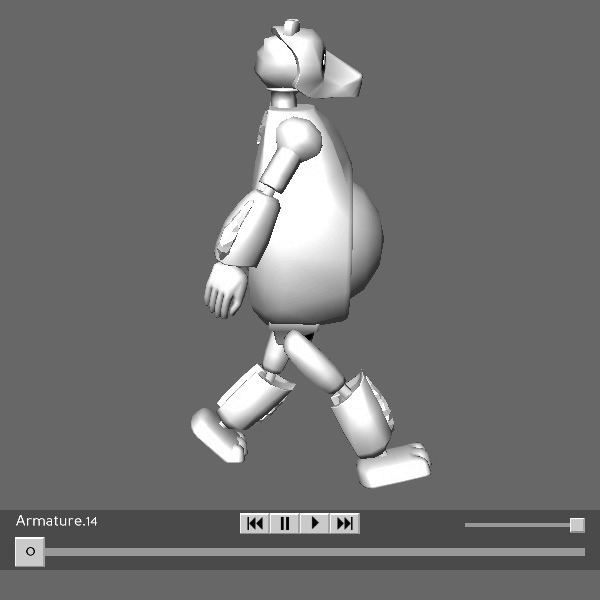Updates!! After my initial post here asking for interest in more Panda3D samples, many folks have contributed great ideas and code to this effort. I’ll update this message to contain all these great submissions here as they roll in. (Great work folks! Keep it coming!)
New samples created by the community here! (Updated as we build them):
-
Networking samples made by @wolf:
Community made demos / with source to look at for inspiration/code ideas:
-
Very cool games made by @rdb as part of some game jams!
Resources for helping folks create samples:
-
Assets used in the Panda3D beginner’s tutorial by @Thaumaturge
-
A generic set of low-poly assets, animated characters, and meshes - not yet in Panda formats but Blender-friendly
-
Mixamo has a large set of professional animated characters that have been successfully used with Blender for many free/indie games
Works in progress, being launched from discussion in this thread!
- Ambitious sci-fi demo community project launched here!
- Promising progress on some nice protoyping media from @Thaumaturge:
Original message:
Hi folks! First time post here, though I’ve read a lot as I’ve been diving into Panda3D lately. I’m a longtime professional software dev - and big Unreal Engine 4 and Unity user, but really like the simplicity of Panda3D (and Python!) so would like to start some Panda3D development.
I thought that while I learn and ramp up to also contribute back - with some community help I really think Panda could catch on and be much, much more popular as an engine. Speaking as a Unity/Unreal dev here.
My first thought - the samples that come with Panda could really be improved. ‘Roaming Ralph’ is the closest that I could find that would work as a foundation for a real game, but would really like to improve on it. Here are my ideas for samples to build:
-
A new 3rd person sample, based on Roaming Ralph
- Better controls, standard WASD plus mouse for camera zoom support. The controls are very strange. I would add mousewheel to zoom camera
- Better camera management, collides with environment and auto-zooms in small spaces, as with most 3rd person games today
- Better physics, Ralph sticks on everything on my machine and gets stuck.
- Jumping
-
Multiplayer samples based on the previous 3rd person sample, very simple movement, chat, trigger some animations
-
Simple procedural world with terrain / trees built on the 3rd person features as well
-
Sample or tutorial showing how to go from Mixamo-type animated character to Blender, to Panda, for folks that don’t have modelling skills. And the lack of good media for Panda would be helped here.
Let me know more ideas, but this is where I’d like to start!
Thanks!
-Sal

